By Denise Seghesio Levine, U.C. Master Gardener of Napa County
Even if you are busy harvesting and giving away zucchini, picking tomatoes for salads and sauces and preserving summer's sweet fruits for winter treats, it is time to take a break and plan next year's garden. Note where you have your vegetables planted this year. Ponder where you might like new shrubs or trees. Imagine where a new patch of annuals or herbs or wildflowers might be nice.
Spring is when many of us, in a normal year at least, would be strolling garden centers for seeds and plants to provide summer color and crops. With all the weeding, watering, harvesting and preserving needed to maintain a summer garden, sometimes we forget that fall is actually a better time to plant many shrubs and seeds.
Most shrubs appreciate being relocated and planted in the fall. The temperatures are milder, and the danger of drought and heat stress is less. The new plants will appreciate having a month or two to get acclimated to a new spot and then a season of rain to help new roots stretch deep into the earth. Planting now gives new plantings a headstart in spring and usually results in healthier, stronger plants better equipped to withstand summer heat and water stress.
I have been musing on the best place for a new Philadelphus (mock orange) and some hostas a friend has offered me. And the north side of my house needs a forest of foxglove. So I have some planning to do.
Find a pad of paper or favorite notebook and a comfy spot in the garden where you can see your domain. Make a simple drawing or record of what vegetables and annual flowers you have planted now, and then figure out where you can plant those vegetables next year that is far from where they are planted now.
The point is to avoid planting the same vegetable or family of vegetables in the same place. There are a couple of reasons for this.
First, different vegetables need different nutrients. Some plants seriously deplete the soil. These heavy feeders include melons, winter and summer squashes, corn, and cole crops such as cauliflower and cabbage.
You might have noticed the soil seems to kind of disappear by the end of a growing season in some beds. You are not imagining it. The nutrients in the soil must be replaced. Replenishing the soil with compost and other amendments and following a heavy feeder with a nitrogen-fixing crop like peas or fava beans will pay dividends in healthier plants and larger harvests.
Rotating crops also helps combat cucumber beetles and other pests that attack your vegetables, then overwinter in the soil and emerge again next year just about the time your vegetable seedlings are starting to produce. There are few controls for some of these pests apart from interrupting their food source.
Fall is also the perfect time to directly sow many annual seeds for next spring. Love-in-a-mist (Nigella), cosmos, calendula, poppies, lupine, sweet peas, sweet Williams and forget me nots can be sown September through December and will brighten the garden much earlier than if sown in the spring. If you do not have seeds yet, visit your favorite garden center or order seeds online. Many seed companies have restocked since the spring, when you may have had problems finding seeds.
More immediately, if you want to grow crops from seed this fall and winter, it is time to sow lettuce, spinach, peas, broccoli, cabbages and leafy greens. Planting seeds now will produce seedlings to set out in the garden in four to six weeks. Gardening year round in Napa is a luxury. Lots of variety with less watering is a winning combination.
One final August hint: If you are growing peppers, check the leaves. They should have dark green, smooth, glossy leaves. If the leaves are bumpy or curled, they are letting you know they need bone meal. A tablespoon or two scratched around each plant and watered in each week until the plants have nice smooth leaves again will pay off in healthier plants and more peppers. Feed them regularly, or at least at the first sign of those telltale bumpy leaves. You're welcome.
Food Growing Forum: Join Napa County Master Gardeners on Sunday, August 30, from 3 p.m. to 4 p.m., for a free Zoom discussion on “Growing Winter Vegetables.” This forum on food growing will continue monthly on the last Sunday of every month, with different topics every time. To receive the Zoom link for the August 30 forum, register at http://ucanr.edu/FoodGrowingForum2020.
The UC Master Gardeners of Napa County are volunteers who provide University of California research-based information on home gardening. To find out more about home gardening, upcoming events or to submit gardening questions, visit the Master Gardener website (napamg.ucanr.edu). Our office is temporarily closed to walk-in questions but we are answering questions remotely and by phone or email. Submit your gardening questions through our website, by email mastergardeners@countyofnapa.org or leave a phone message at 707-253-4143. Master Gardeners will get back to you within a few days.
Attached Images:
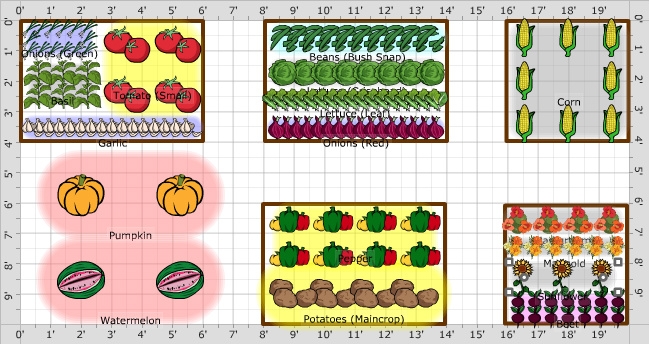
Sketch what's growing now in order to plan your fall garden. (Mother Earth News Garden Planner)
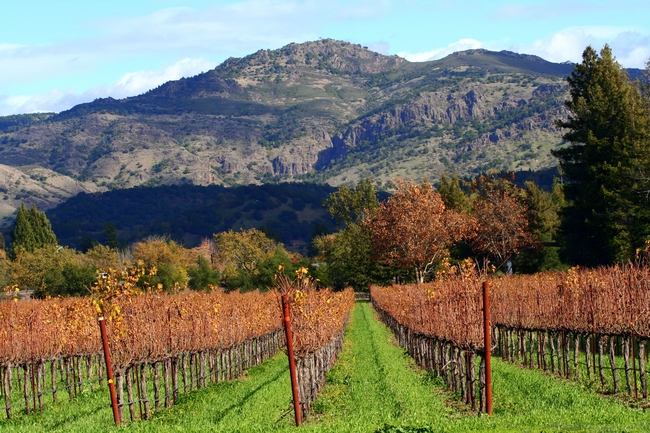
Napa Valley autumn. By the time the valley looks like this, winter vegetables should be in the ground. (Wikimedia Commons)
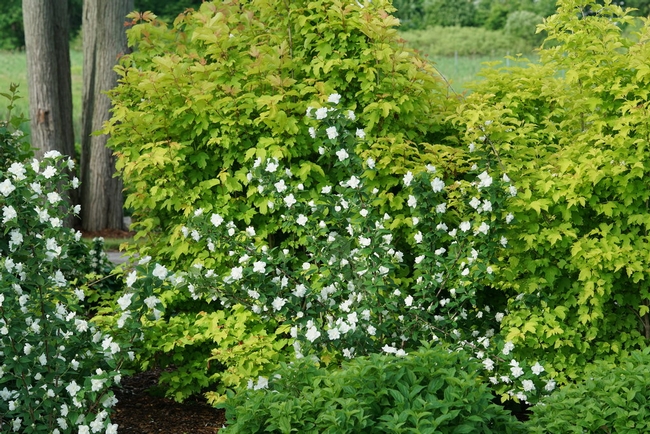
Philadelphus, plenty of species of this pretty landscape plant. (Proven Winners)
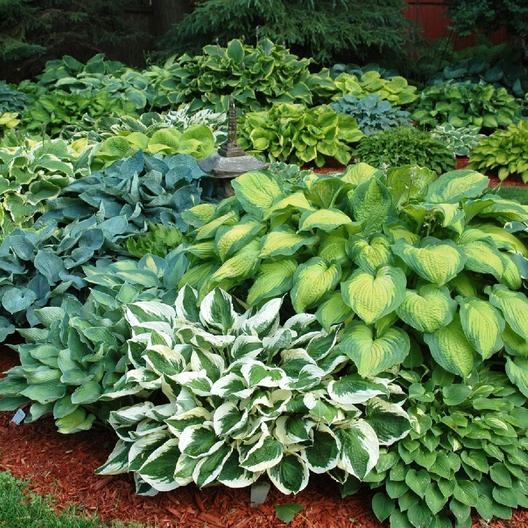
Hostas. (Eden Brothers)
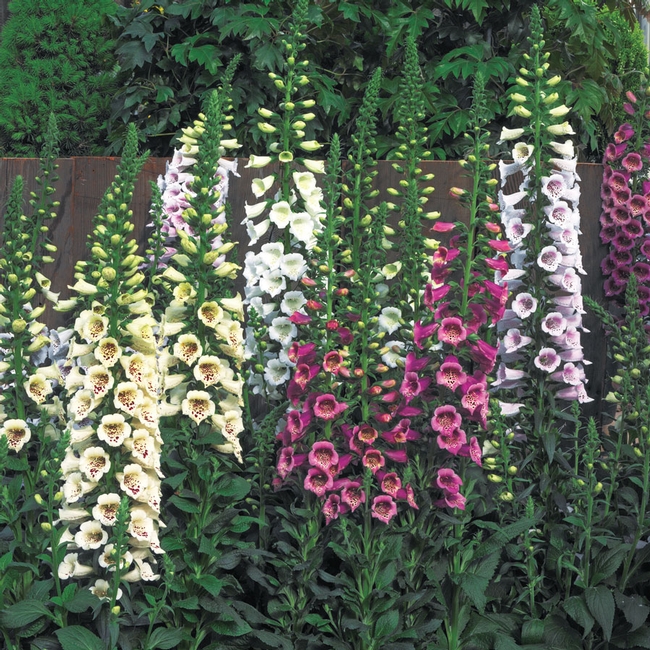
Foxglove, find a place for these. (Park Seed)
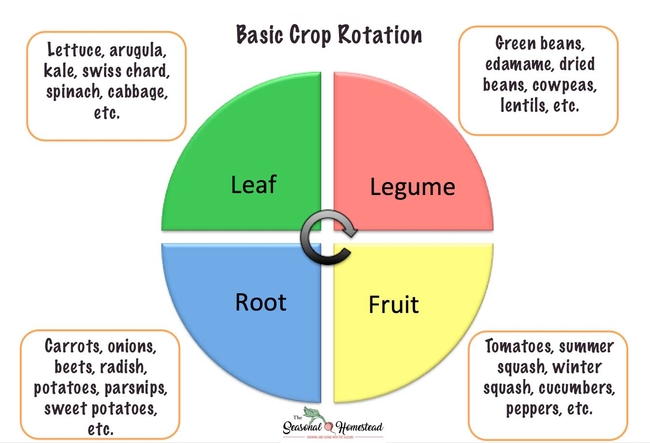
Basic crop rotation. (The Seasonal Homestead)
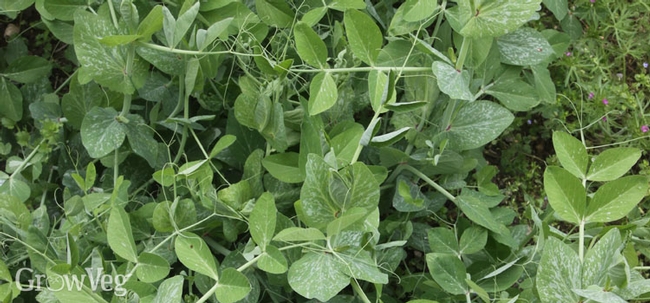
Peas and favas cover crop. (GrowVeg.com)
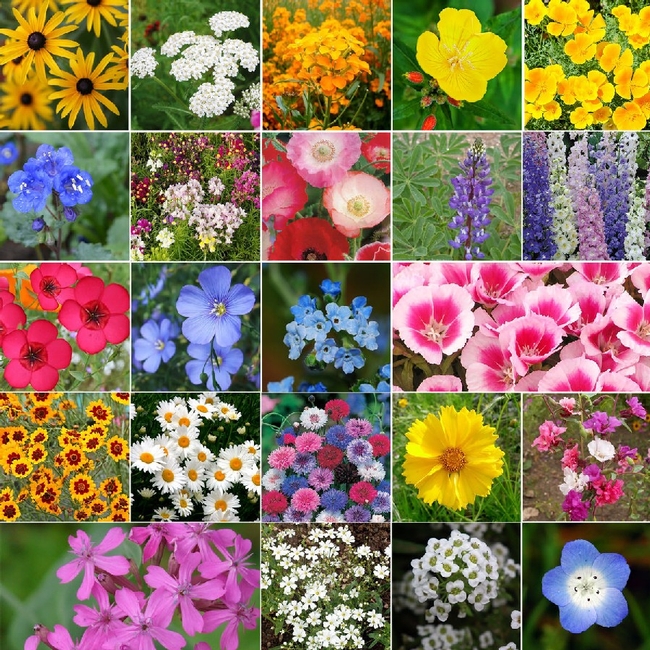
Wildflowers, find room for these, too. (Coastal California, Eden Brothers)
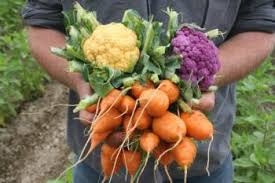
Wnter veg harvest. (cagardenweb.ucanr.edu)
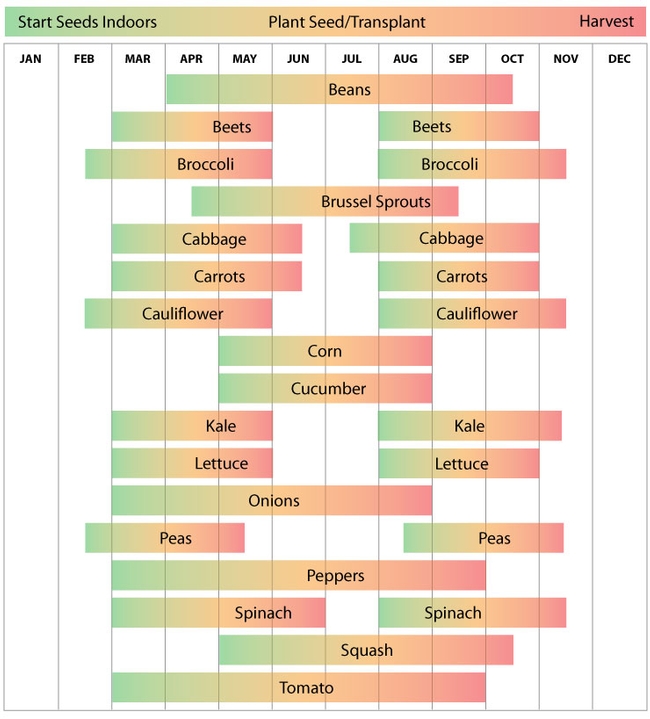
Vegetable Planning Calendar. (Urban Farmer)
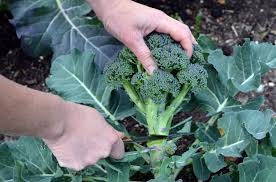
Broccoli, winter treat from the garden. (Goodnet.org)
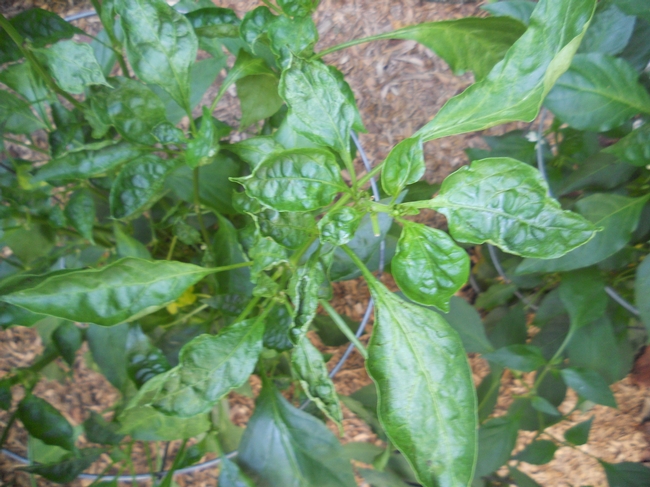
Bumpy pepper plant leaves (eXtension.org)